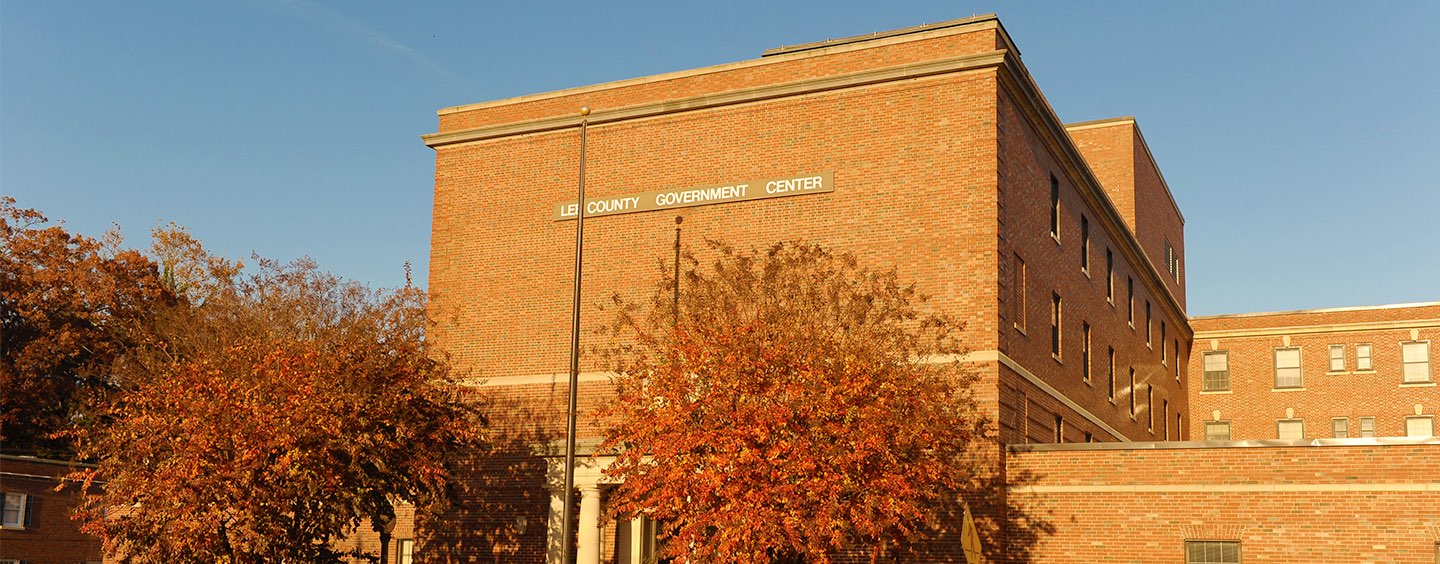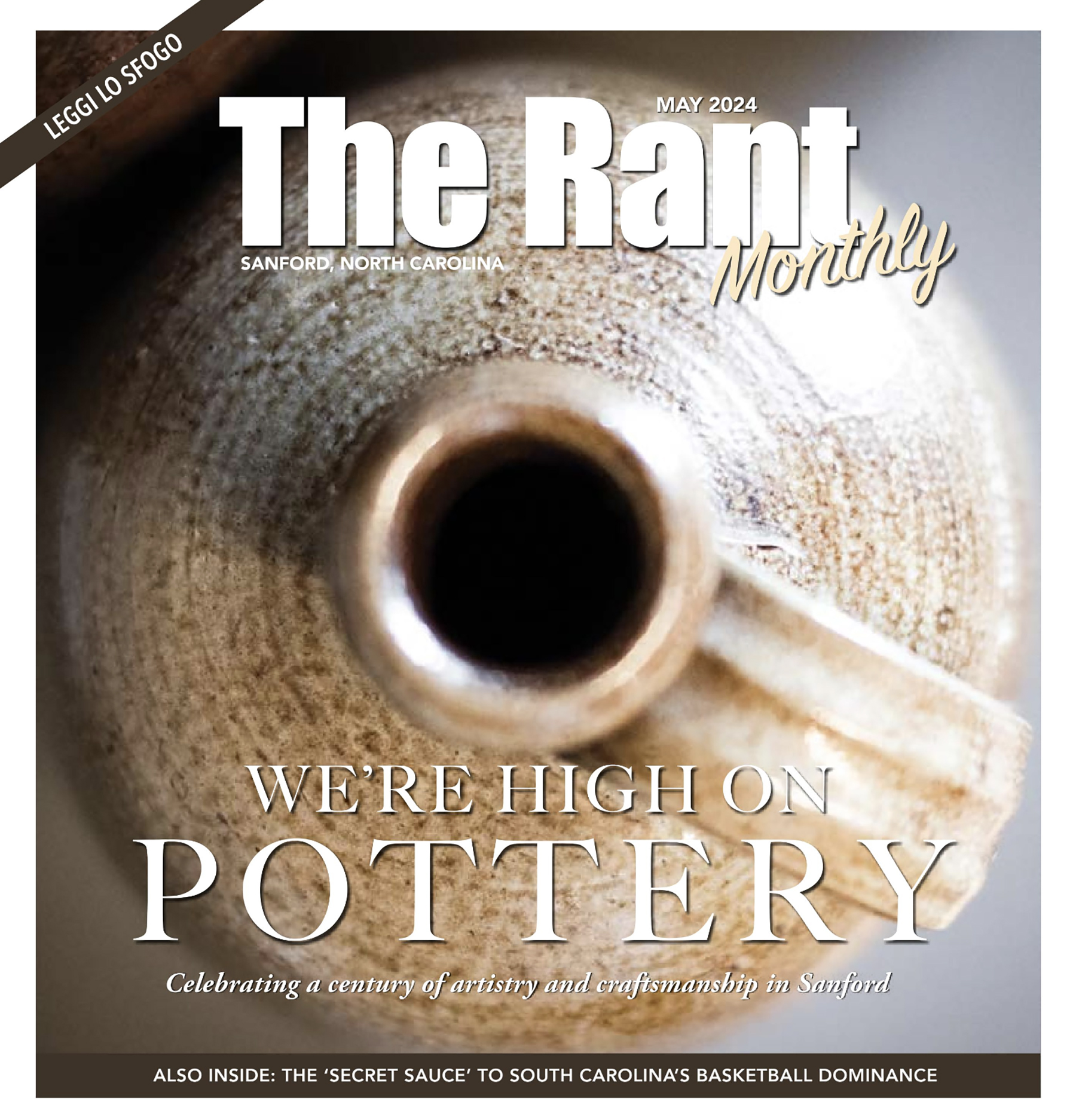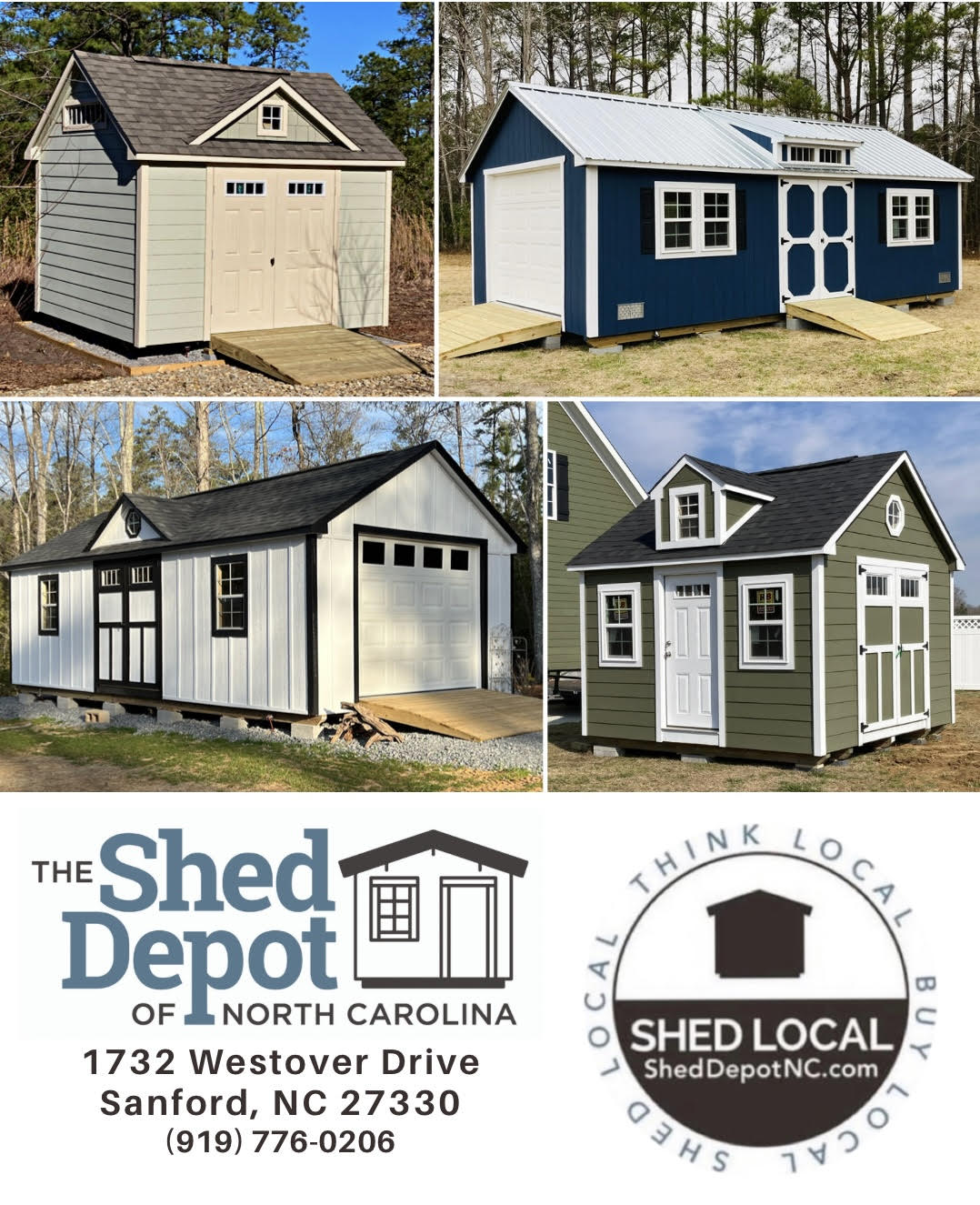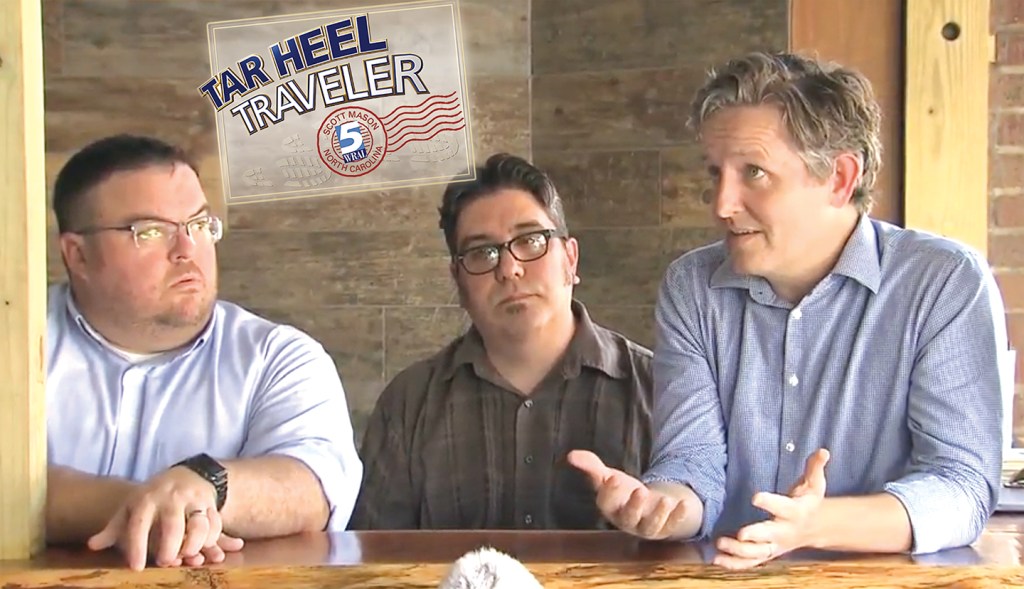
State awarded $900K grant for the S Line that will connect Virginia and S.C. borders; stop in Sanford could mean new downtown train station
Above: A computer rendering concept of a potential passenger rail station along First Street in Downtown Sanford, provided by the City of Sanford.
By Gordon Anderson | gordon@rantnc.com
The train is coming.
When and where (exactly where, we mean, since we do have a pretty good general idea) are unknown as yet, but the announcement in December that North Carolina had been awarded a $900,000 federal grant to develop the so-called S Line — which runs right through Sanford from the Virginia border to South Carolina — for use by passenger trains made it official. The train is on the tracks, and it’s headed this way.
The Rant Monthly reported way back in March (anybody else remember that time before the pandemic?) on the efforts by local and state officials to secure the grant and the possibilities it offered for travel, economic development, and more. But December’s announcement brought the project from the realm of possibility into reality.
The most likely path forward involves a temporary platform at Depot Park with an eye on a more permanent location somewhere nearby. It’s far from a done deal, but one location that’s generated some interest both from city government and potential developers is the vacant Singer Building on First Street, behind the old City Hall.
“There are a few options, of course, but the city owns the (nearby) King Roofing building and there’s been a study by the (Development Finance Initiative) showing what things could look like there,” Sanford Mayor Chet Mann said.
It makes plenty of sense — the tracks pass right by back of the old furniture factory, which already has an existing if dilapidated platform. And with hundreds of thousands of square feet available, the site could conceivably serve as far more than just a train station, assuming the willingness of a developer to invest the necessary resources to make the space workable for retail or residential uses (or both). In short, the presence of passenger rail could serve as a catalyst for development in an area which sorely needs it.

Sanford resident Lisa Mathis serves as a member of the North Carolina Board of Transportation and said the grant is a “transit-oriented development” one which will mostly be used for planning, since much of the physical infrastructure — such as the rails themselves — are already in place.
“There’s a lot of planning that goes into something like this,” Mathis said, explaining that issues such as navigating what planners refer to as “the last mile” take a lot of thought. “You don’t want to have a stop and then it’s a dead end.”
Mathis and Mann both pointed to the city of Wilson’s partnership with a company called Via — an Uber or Lyft-like service targeted at workers — on such “last mile” issues as a potential avenue for addressing such needs, and an example of the many issues that need to be sorted out ahead of time on a project of this type. But Mathis said something like Via doesn’t even necessarily require a passenger train stop to provide utility to a community like Sanford.
“There are a lot of people who are one car issue away from not being able to get to the doctor or to their college classes,” she said. “Something like Via could help our community even ahead of a train.”
One of the first steps will involve selecting which of the several communities along the S Line — in addition to Sanford, stops are planned in Henderson, Wake Forest, Raleigh, Southern Pines, and Hamlet — will serve as a pilot program for the larger effort. Mathis said Sanford is uniquely positioned for that role.

“The whole reason we’d be most obvious for a pilot rail is that the track is in great shape between Sanford and Raleigh, which is not necessarily the case for the rest of the line,” she said. “The idea of a pilot would be to give us a much shorter area to run the program and see what works and what doesn’t. And then we can add to it as it grows — it’s a much smaller entry instead of waiting for the whole rail to be done. And it can show other cities across the state what kind of successes can happen, because it’s not just a big thing for Sanford, or North Carolina. It’s a huge thing for the whole east coast.”
And while the timing is unclear — for plenty of reasons, COVID-19 not least among them — Mann said he thinks Sanford residents should expect to be able to take a train to Raleigh and back sooner than later.
“When grant money is awarded like this, there’s an expectation that it be spent,” he said. “So I’m anticipating that this will be a 2021 project.”





















